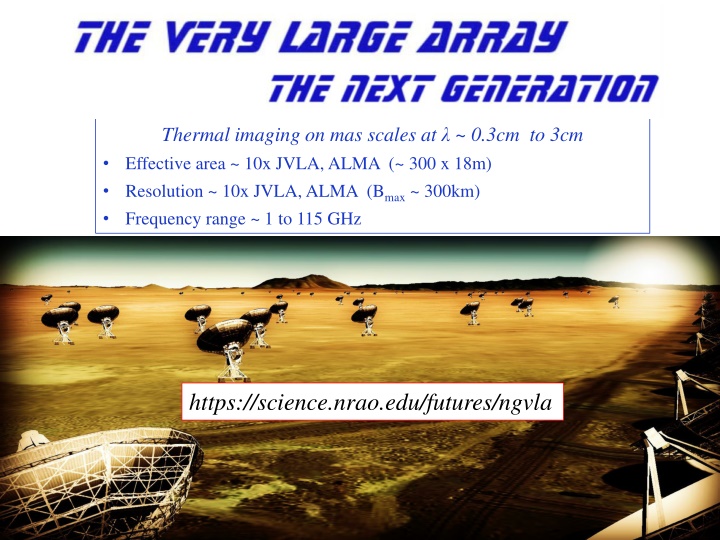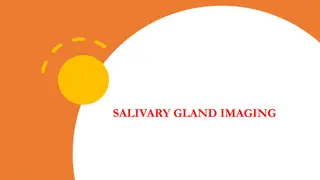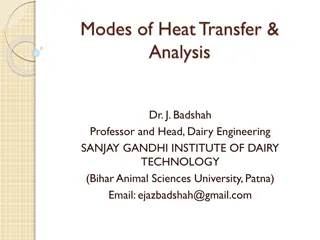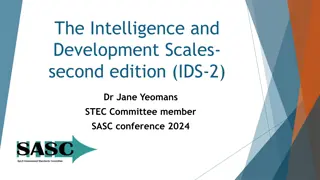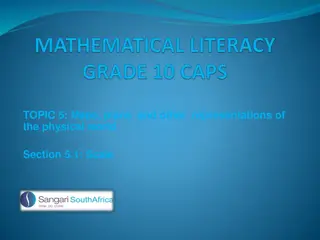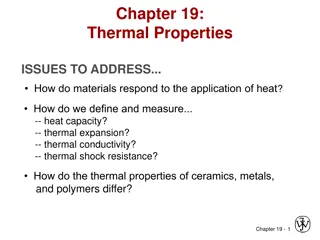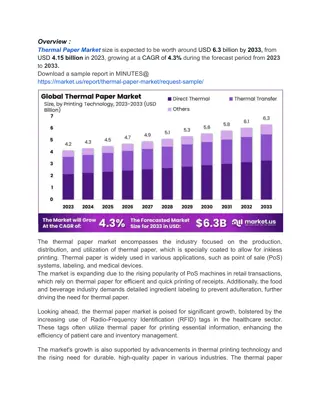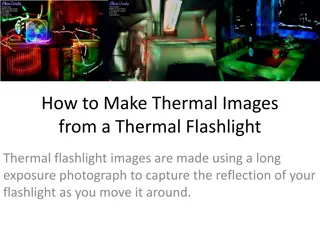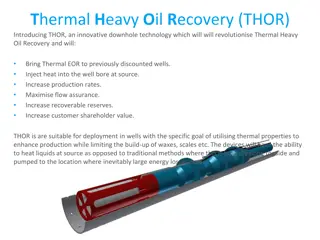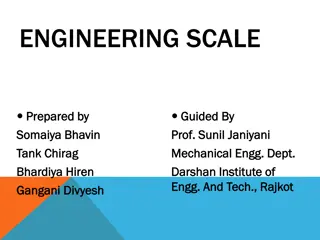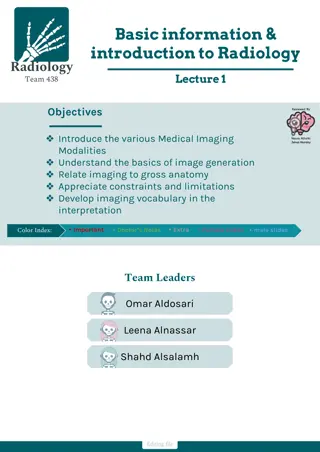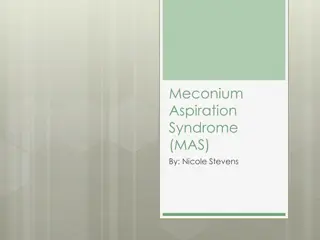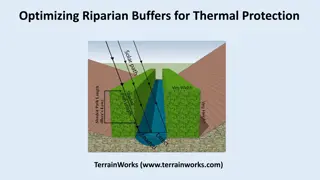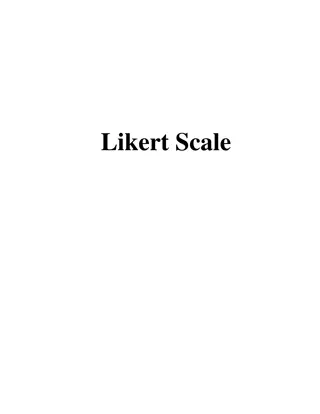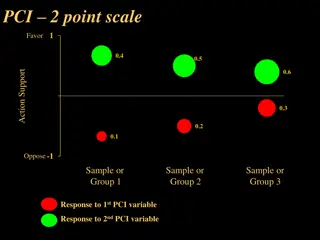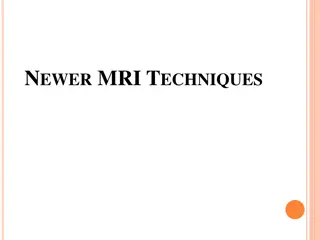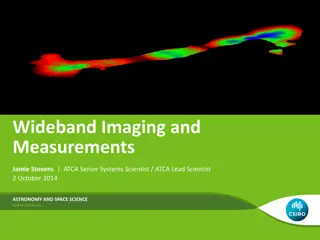Thermal Imaging on Mas Scales: State-of-the-Art Technology and Scientific Insights
Cutting-edge thermal imaging technology is revolutionizing our understanding of phenomena at microarcsecond scales, with effective areas exceeding those of advanced radio telescopes like JVLA and ALMA. The system operates within a frequency range of 1 to 115 GHz, providing unprecedented resolution and sensitivity for exploring celestial bodies. Community processes and scientific meetings have been vital in leveraging this technology, with a focus on designing studies, reviewing proposals, and addressing technical challenges. Recent advancements in killer gap thermal imaging have enabled breakthroughs in planetary formation studies, offering enhanced sensitivity and detailed spectra. The JVLA plays a crucial role as a prime monitoring site, with its unique elevation and capabilities. Specialized working groups are driving progress in diverse fields such as terrestrial planet formation, galaxy ecosystems, and the history of cool gas in the universe. This technology promises to unravel the mysteries of cosmic evolution and phenomena across different spatial and temporal scales.
Download Presentation

Please find below an Image/Link to download the presentation.
The content on the website is provided AS IS for your information and personal use only. It may not be sold, licensed, or shared on other websites without obtaining consent from the author.If you encounter any issues during the download, it is possible that the publisher has removed the file from their server.
You are allowed to download the files provided on this website for personal or commercial use, subject to the condition that they are used lawfully. All files are the property of their respective owners.
The content on the website is provided AS IS for your information and personal use only. It may not be sold, licensed, or shared on other websites without obtaining consent from the author.
E N D
Presentation Transcript
Thermal imaging on mas scales at ~ 0.3cm to 3cm Effective area ~ 10x JVLA, ALMA (~ 300 x 18m) Resolution ~ 10x JVLA, ALMA (Bmax ~ 300km) Frequency range ~ 1 to 115 GHz https://science.nrao.edu/futures/ngvla
Community process Jan 2015, Jan 2016: AAS community science meetings April 2015, Dec 2015: Technology meetings (Pasadena, Socorro) Dec 2015, Aug 2016: Kavli-sponsored RMS meetings (Chicago, Baltimore) Nov 2015 Science working group reports (200 pages, 125 authors) Circle of Life (Isella, Moullet, Hull) Galaxy ecosystems (Murphy, Leroy) Galaxy assembly (Lacy, Casey, Hodge) Time domain, Cosmology, Physics (Bower, Demorest) http://library.nrao.edu/ngvla.shtml Jan 2017 AAS poster session on community design studies, URSI special session June 2017 Science meeting Socorro, NM Aug 2017? final Kavli RMS meeting (Berkeley)
Community process Technical Advisory Committee Under recruitment Science Advisory Committee Chairs: Bolatto (Maryland), Isella (Rice) Review Community studies proposals Reconstitute science working groups SOC for science meeting June Science case: science book White papers for DS2020 Science requirements technical specifications Community studies 13 science studies: broaden case, investigate design implications 12 technical studies: explore key technical challenges
Killer Gap Thermal imaging on mas scales at ~ 0.3cm to 3cm 1AU @ 140pc Terrestrial zone planet formation Resolution ~ 10mas @ 1cm (300km) Synergy w. ALMA submm, future ELTs
Killer Gap Thermal imaging on mas scales at ~ 0.3cm to 3cm 5x Sensitivity ~ 100 nanoJy @ 1cm, 10hr, BW = 20GHz TB ~ 1K @ 1cm, 10mas Spectrum above 15GHz rich in ground state molecular lines
JVLA: Good 3mm site, elev. ~ 2200m 30% in core: b < 3km ~ 1 at 30GHz 60% in mid: b < 30km ~ 0.1 90% in long: b < 300km ~ 0.01 10% in VLB: b ~ 3000km ~ 0.001 550km
SWGs: community-driven, growing and evolving Cradle of Life: Terrestrial planet formation Galaxy ecosystems: wide field, high res/sens imaging Galaxy formation: Cool gas history of the Universe Time domain and Physics: Exo-space weather http://library.nrao.edu/ngvla.shtml
SWG1: Terrestrial zone planet formation Current state-of-art in planet formation: ALMA images of HL tau ALMA 250GHz Brogan ea. Rosetta-stone of planet formation around Solar-mass protostar Distance = 140pc 1Myr old protostar ~ 1 Mo + 0.1 Mo dusty disk Inner few AU disk optically thick in mm/submm 100AU 0.7 at 140pc Inner 10AU = ngVLA zone @ 10mas res
ngVLA: 1Myr Protoplanetary disk at 140pc distance ngVLA 100hr 25GHz, 10mas Saturn at 13AU Jupiter at 6AU 0.1 = 13AU rms = 90nJy/bm = 1K Model Isella Dust Model Inner gaps < 10AU optically thick at 100GHz movies of planet formation : Image inner gaps + annual motions Circumplanetary disks: accretion on to planets Image grain size stratification: poorly understood transition from dust to planetesimal to planets Spectrum rich in pre-biotic molecules: simple amino acids Glycine; Codella ea. 2014 SKA ngVLA
ng-Synergy: Terrestrial zone exoplanets From Birth to Maturity HabEx Habitable Exoplanet imaging mission Direct detection of earth-like planets Search for atmospheric bio-signatures ngVLA Imaging formation of terrestrial planets Pre-biotic chemistry
SWG3: Dense Gas History of the Universe Missing half of galaxy formation First ALMA CO deep field (Walter ea) SF law FIR ~ SFR FIR ~ SFR LCO ~ Mgas SFHU has been delineated in remarkable detail back to reionization SF laws => SFHU is consequence of DGHU ALMA, JVLA, Noema: first attempts at CO deep fields (~ 20 galaxies)
z=5, 30 Mo/yr, 1hr, 300 km/s ngVLA: Revolutionize molecular deep fields CO emission from main sequence galaxies at high z in 1 hour z>1.5 galaxies in CO ngVLA 50 to 100-fold increase in number of CO galaxies/hr JVLA ~ 1, Mgas > 1010 Mo ngVLA ~ 100, Mgas > 2x109 Mo Galaxy counts in CO ~ deepest optical fields, with redshifts! JVLA, ALMA Casey ea
Imaging fuel for star formation during epoch of galaxy assembly: massive disk galaxy z=2, CO1-0 1 = 7kpc Narayanan Model ngVLA, 10hr, 38GHz Resolution = 0.15 => 1kpc Sensitivity = 12uJy (100 km/s, 10hr) => few 108 Mo at z ~ 2 Distributed gas dynamics: Fisher-Tully at z=2!
ng-Synergy: Cosmic Cycle of Gas to Stars Precision galaxy formation Gas NGVLA ALMA Decarli ngVLA: cold gas fueling cosmic star formation JWST/ELT: stars and star formation
Next step: Science Requirements to Telescope Specifications Goal Science Requirement Array Specification Terrestrial zone Optically thin Freq ~ 15 to 50GHz planet formation 1AU at 130pc @ 30GHz B ~ 300km 1K in 10hrs @ 10mas, 30GHz Afull ~ 300 x 18m; BW ~ 20GHz Freq = 15 to 115GHz Dense gas history CO 1-0 to z=8 Mgas = 109 Mo at z = 3 in 1hr 500pc resolution at z = 3 (60mas) of the Universe Amid ~ 70% to B ~ 30km 30km Large volume surveys Octave Band Ratio Baryon cycle TB < 0.2K (1hr, 10 km/s, 80GHz, 1 ) Continuum science Acore ~ 30% to B ~ 2km Octave BR; Linear pol to 0.1% Time domain Explosive follow-up (GRBs, GW/EM ) Minute trigger response time Blind discoveries (eg. FRBs) millisec searches Exo-space weather: 1uJy in 1min Freq ~ 1 to 20GHz Afull ~ 300 x 18m Circular pol to few %
Road to Astro2020 Community TDP Goal: PDR-level proposal to 2020 Decade Survey Compelling science program & defensibly costed design of all major elements ngVLA Project Office Established mid Sept. ngVLA Community Studies Approved Studies Announced Nov. 2 ngVLA Science Advisory Council Membership Announced Sept. 30 ngVLA Technical Advisory Council o Nominations: NRAO enews 12/16
Community Design Studies https://science.nrao.edu/futures/ngvla/ngvla- community-studies-approved-programs Provides the community an opportunity to make core contributions to the design NRAO support for studies program Provide some travel and page charge support for all Additional support up to $25K Goals of science studies Guide design Highlight Science for broad astrophys community Graphics for public presentation Refereed publications or memos; present at June ngVLA meeting
Simulation tools: Configurations Three configurations (300ant, Bmax ~ 300 to 500km) Fat rings with core of 20% vs 40% within 1km Southwest o Constrained by land access, fiber, power o 40% core + reuse Y pads + outer mini-stations (2-3 ant) CASA simulator Simobserve: generate mock.ms from FITS model images Add thermal noise Explore imaging capabilities (uv weighting, subarrays...) Explore wide field: mosaic and total power 200km https://science.nrao.edu/futures/ngvla/documents-publications Core: 1km Full: 500km Y: 20km
HL tau disk simulated observation with Southwest array, R=-2 weighting
Up-coming events AAS poster session Jan 2017 URSI special session Jan 2017 Science meeting: Socorro, June 26-29, 2017 Kavli III RMS community meeting: Aug 2017? (Berkeley) https://science.nrao.edu/futures/ngvla
Developing the ngVLA Science Program WorkshopSocorro, NM USA June 26-29, 2017 Registration website: science.nrao.edu/science/meetings/2017/ngvla-science-program/ The NRAO announces a workshop focused on developing the science program for the Next Generation Very Large Array. The ngVLA design entails an interferometric array with 10 times larger effective collecting area and 10 times higher spatial resolution than the current VLA and ALMA, optimized for operation in the frequency range 10GHz to 50GHz, with reasonable performance over 1.2GHz to 115GHz. The ngVLA is optimized for observations at wavelengths between the superb performance of ALMA at submm wavelengths, and the future SKA-1 at a few centimeter and longer wavelengths. The ngVLA opens a new window on the Universe through ultra-sensitive imaging of thermal line and continuum emission down to milliarcecond resolution, as well as unprecedented broad band continuum polarimetric imaging of non-thermal processes. Scientific Organizing Committee David Wilner [Chair] (CfA) Caitlin Casey (UT Austin) James Di Francesco (NRC-Victoria) Gregg Hallinan (Caltech) Kotaro Kohno (University of Tokyo) Cornelia Lang (University of Iowa) Joe Lazio (JPL) Adam Leroy (Ohio State) Lauren Loinard (UNAM) Eric Murphy (NRAO - ex officio) Fabian Walter (MPIfA) Local Organizing Committee Chris Carilli [Chair] Lori Appel Amy Kimball Frank Schinzel Meeting registration is free. ngVLA The Next Generation Very Large Array
Radio facilities into mid-Century 2030 Complementary suite from meter to submm, appropriate for the mid-21st century < 3mm: ALMA 2030 superb for chemistry, dust, fine structure lines 3cm to 3mm: ngVLA superb for terrestrial planet formation, dense gas history of Universe, baryon cycle > 3cm: SKA superb for pulsars, reionization, HI surveys
